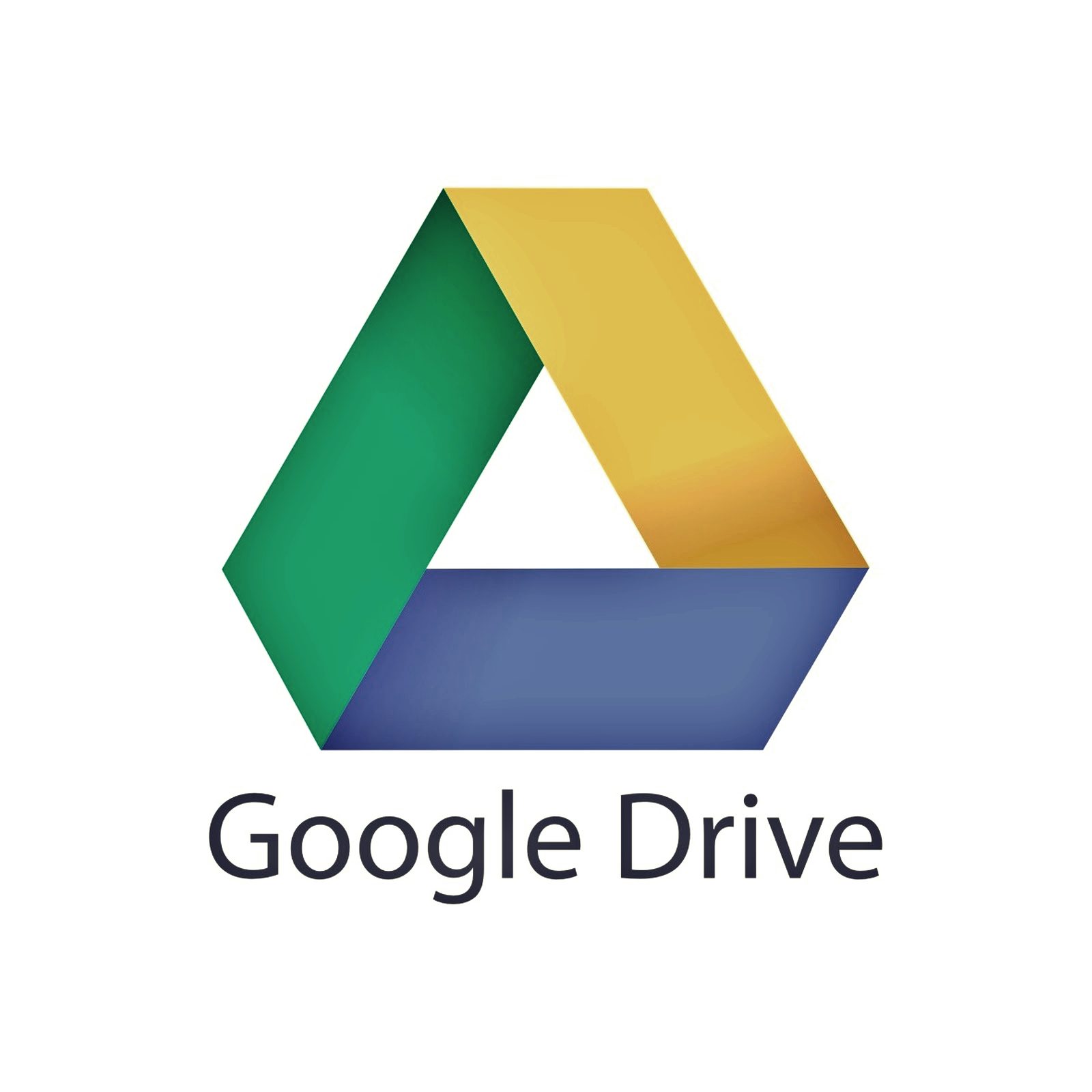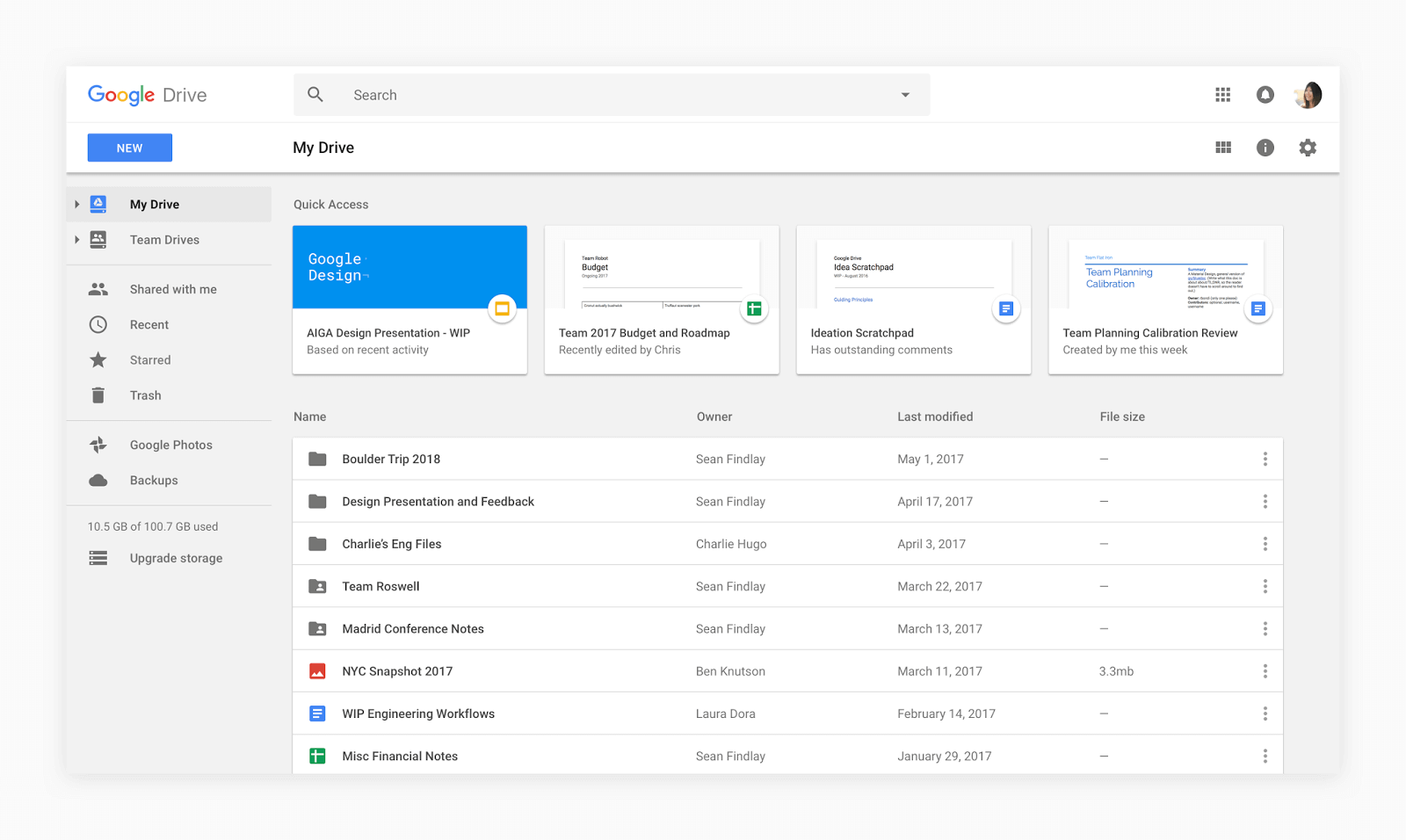

Users can use Drive to convert certain kinds of file to web-based content and save important files on the cloud. Once you're set up for Google Drive with your brand-new admin account, the first thing you'll need to come to terms with is uploading files to Google Drive. Manage ownership of documents: If someone changes roles or leaves your organization, you can use the admin console in Drive to change ownership of their documents or send files to someone else on your team.As an administrator, you can also buy extra licenses to grant more storage to some users. Manage storage space: With G-Suite, each of your users will get 30GB of storage space, depending on your G-Suite edition.Manage document sharing for teams: Control how documents are shared by default, and whether users can share documents inside and outside of your organization.Track who is using which kinds of documents, what kind of documents users are creating and more. Track usage and trends: Use the Audit log on Google Drive to monitor your team's use of the editors and docs.Setting Up Google G-Suite Drive for your TeamĪs a G-Suite or Drive administrator, you can control the way that people access their Drive experience using your admin console. So, how do you get set up with Google Drive? That's what we're here to find out. If you want to access Drive but you don't need features like Calendar, Gmail, and other G-Suite services, then you can just opt for Drive and nothing else. What's more, Google recently made Google Drive available to users who don't have a G-Suite subscription.

Google Drive offers access to content from:

When you sign up for Google G-Suite or Drive enterprise, your company gets a single secure location in which to keep and share files. With Google Drive, companies can easily back up and share documents from anywhere, using virtually any device, including smartphones, laptops, and tablets.

Google Drive is probably one of the best-known and used Apps in G-Suite.


 0 kommentar(er)
0 kommentar(er)
